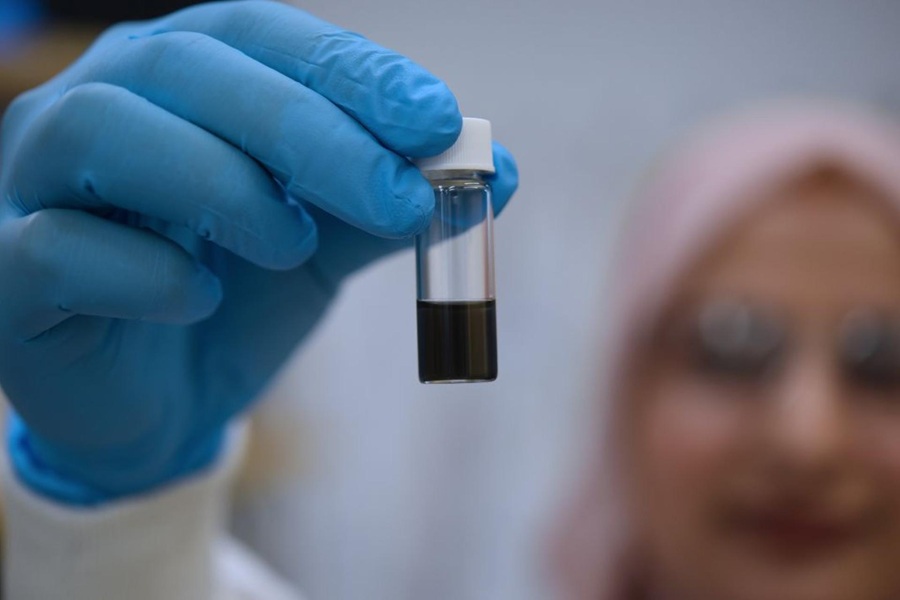On-Site DNA Analysis Could Soon Become Available
By LabMedica International staff writers
Posted on 30 Dec 2008
A European Union- (EU)-funded project is in the process of developing a novel microsystem that could be used in a portable diagnostic device to analyze simultaneously and automatically various DNA samples with high precision.Posted on 30 Dec 2008
The Smart-Biomems project (Rome, Italy) aims at developing a novel micro-total analysis system with fully integrated functionalities for diagnostic genotyping of point mutations and single nucleotide polymorphisms (SNPs). The basis of the system relies on a MEMS (micro-electro mechanical system) platform. Since cancer is a particularly important potential field, the first prototype device is being developed for genotyping of clinically important mutations and common SNPs of the tumor protein 53 (TP53) gene, using tag-array minisequencing. Active flow control (AFC) components are specifically designed and integrated for appropriate control of heating and flow inside of a polymer-based microfluidic chip.
During testing, a liquidized DNA sample is inserted into the device, and a liquid plug fluid sample of a specific volume is then transferred into the microchip by a pressure control unit, which moves it through a network of micro-channels and chambers where the reactions take place. The entire process is automatic, eliminating the possibility of human error or contamination of the sample. The device is connected to a standard personal computer (PC) equipped with a camera capable of acquiring fluorescent images generated by the device. Proprietary software, specially developed by the EU project, analyzes the images and displays the test results on the computer monitor.
"We will use a known sample--where we know the mutations--and test the capability of the system to identify these mutations. We will then compare the results of our tests with results from a conventional testing procedure to check on the accuracy of the results and the time our microsystem takes to complete the analysis,” said project coordinator Mr. Gianluca Vezzani. "Should the prototype work, which we are sure it will do, we think it would take two to three years after the end of the project to see a commercial device, and these could be available by 2012. Right from the start, we have tried to design a cost-effective system.”
The TP53 protein acts as a tumor suppressor, regulating cell division. It is located in the cell nucleus, where it binds directly to DNA. When the DNA in a cell becomes damaged by agents such as toxic chemicals, radiation, or ultraviolet (UV) rays from sunlight, this protein plays a critical role in determining whether the DNA will be repaired or the damaged cell will undergo apoptosis. If the DNA can be repaired, tumor protein p53 activates other genes to fix the damage. If the DNA cannot be repaired, this protein prevents the cell from dividing and signals it to self-destruct. This process prevents cells with mutated or damaged DNA from dividing, which helps prevent the development of tumors.
Related Links:
Smart-Biomems Project














